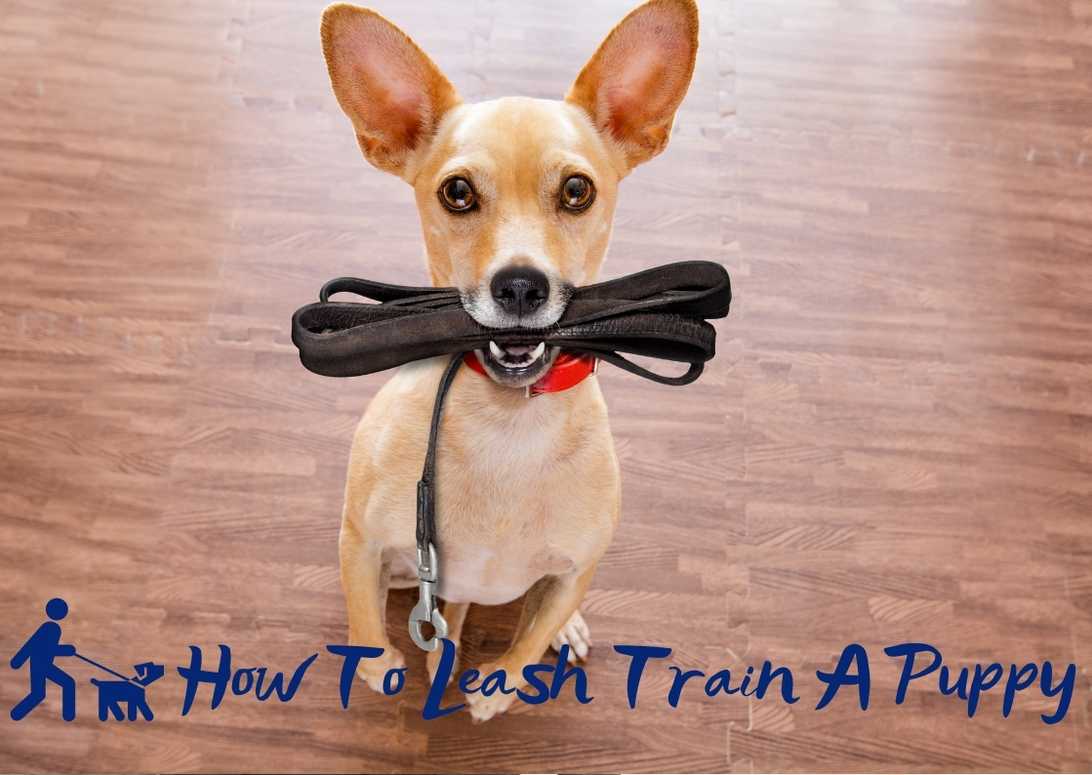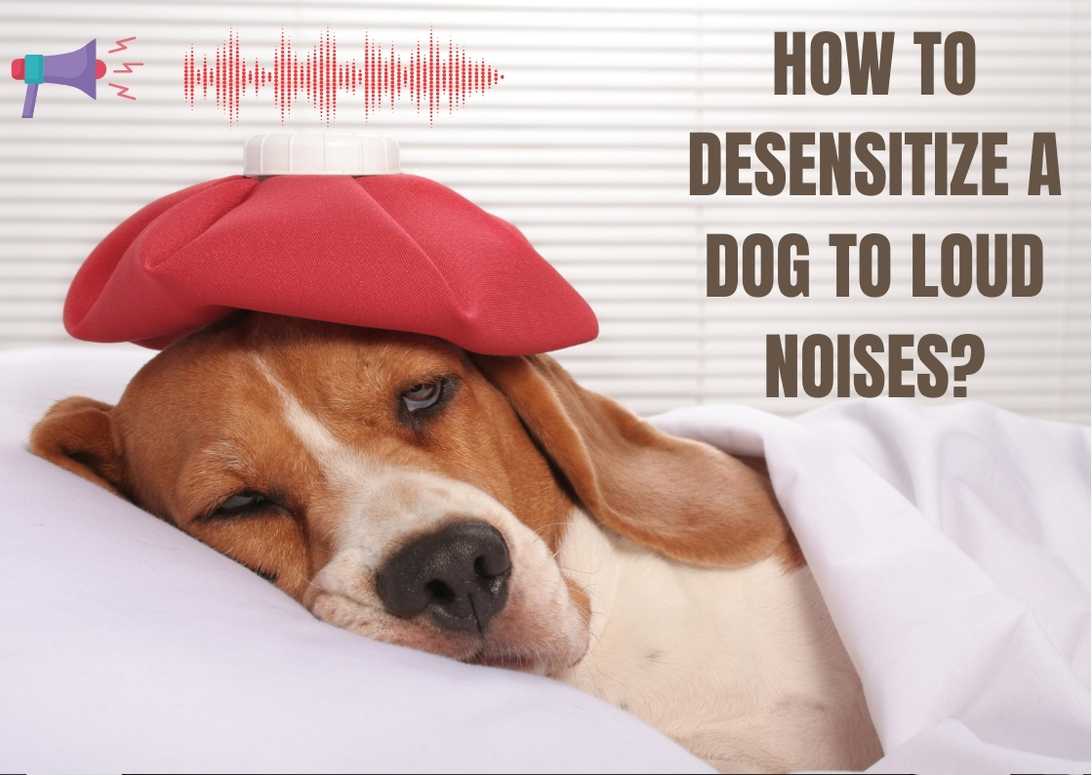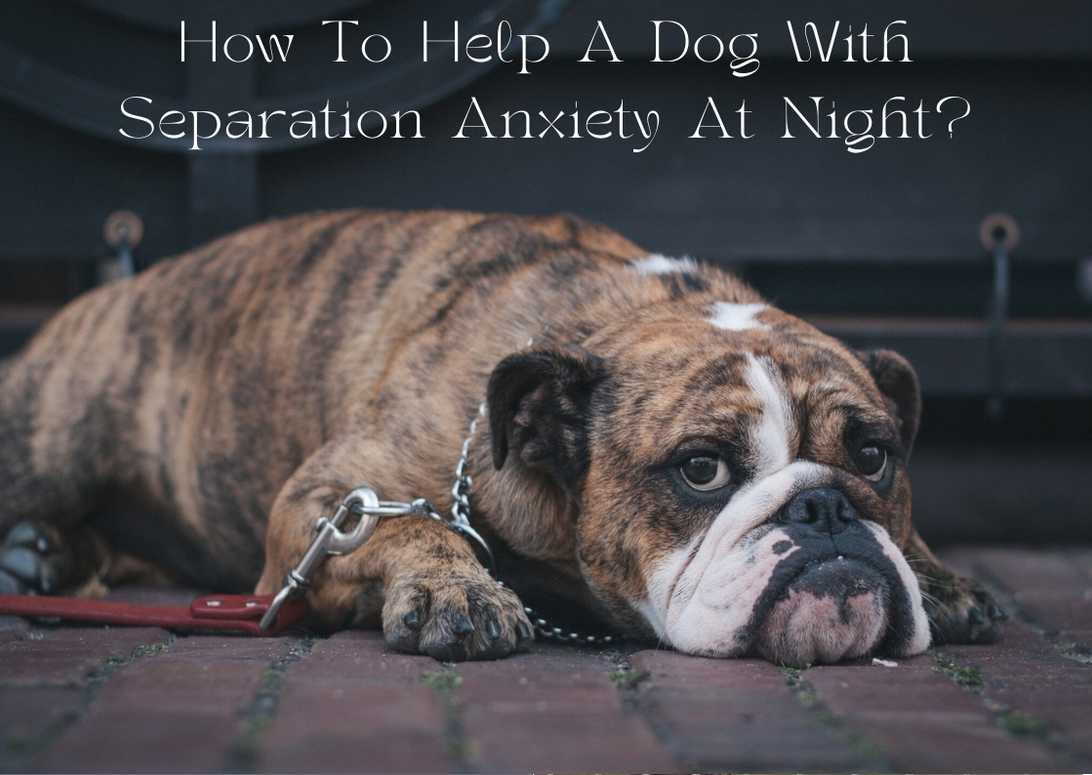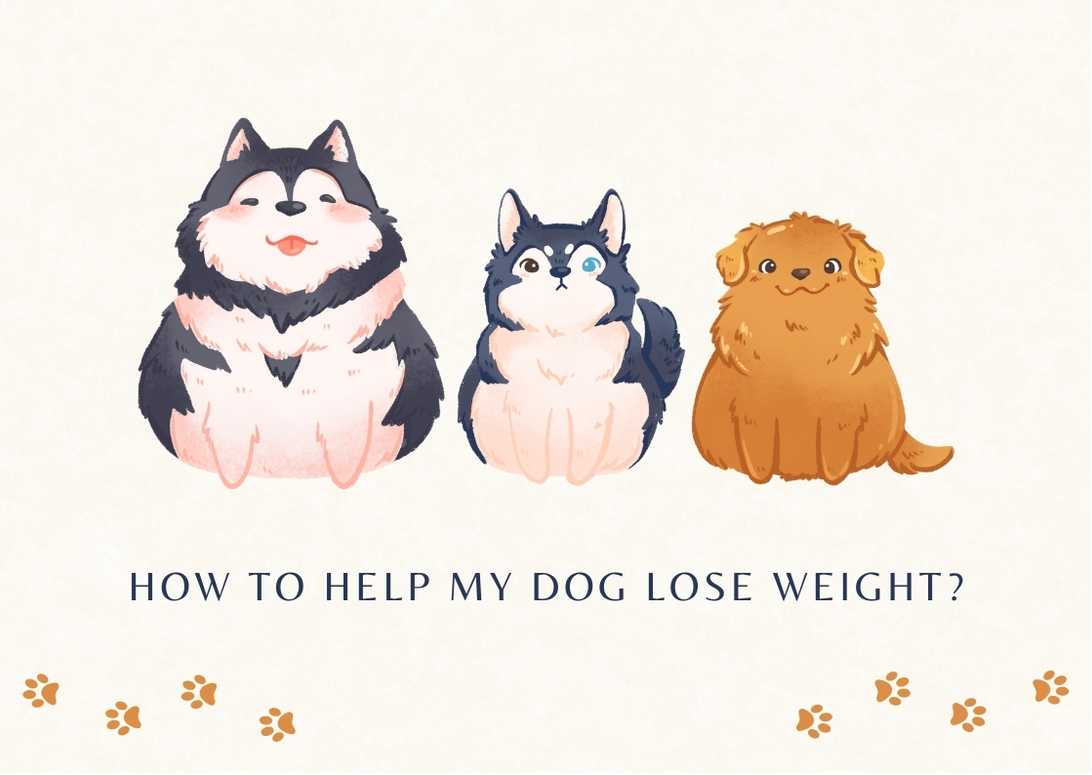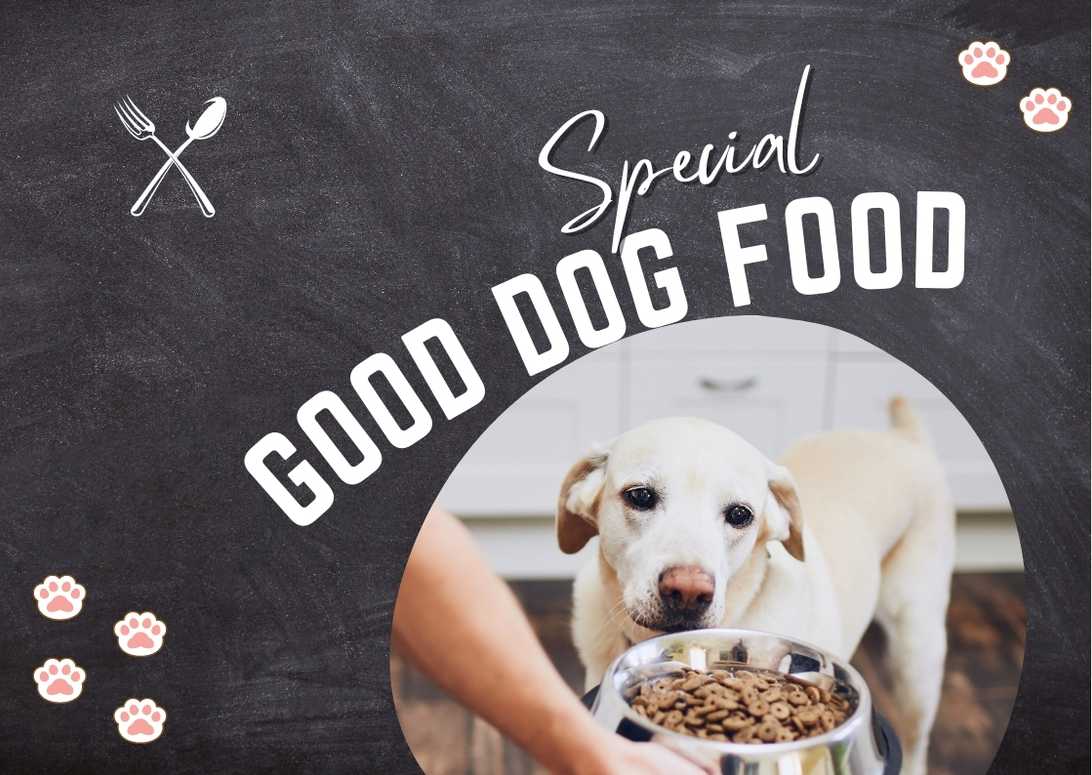How To Leash Train A Puppy
Leash training my puppy has been an exciting and rewarding journey. It’s amazing to see how quickly they learn and adapt to the concept of walking on a leash. In this article, I will share with you the step-by-step process that helped me effectively leash train my furry friend.
To start off, it’s important to create a positive association with the leash. I began by introducing it as a fun toy, allowing my puppy to sniff and explore it at their own pace. Then, I gradually attached the leash to their collar for short periods of time while they were indoors. This helped them get used to the feeling of wearing a leash without any pressure or restraint.
Next, I focused on teaching attention during our walks. Using treats as incentives, I rewarded my pup whenever they looked up at me or walked beside me calmly. This not only encouraged them to pay attention but also reinforced positive behavior while on the leash.
As we progressed, I introduced the command ‘come’ when calling my puppy towards me during our walks. By using high-value treats and lots of praise, I made coming back to me an enjoyable experience for them.
Consistency was key throughout this training process. Every day, we practiced walking on a leash in different environments and gradually increased both distance and distractions. By maintaining a routine and staying patient, my pup became more confident and comfortable with walking on a leash.
While there may be some challenges along the way, troubleshooting is part of the learning process. Whether it’s dealing with pulling or distractions during walks, there are techniques and strategies that can help overcome these obstacles.
Overall, leash training has been an incredibly rewarding experience for both myself and my puppy. With patience, consistency, and positive reinforcement techniques like creating a positive association with the leash and teaching attention skills, you too can effectively train your furry friend to walk confidently by your side.
Important Points
- Creating a positive association with the leash is crucial in leash training a puppy.
- Consistency and patience are key factors in successful leash training.
- Using treats and praise as rewards can encourage good behavior and reinforce positive associations with the command.
- Troubleshooting common challenges, such as distractions or lack of motivation, is important for a smoother training experience.
How to start?
To start leash training, attach the leash to your puppy’s harness and let them wear it around the house while you supervise. This allows them to explore and get comfortable with the sensation of dragging the leash behind them. It’s important to choose the right leash for your puppy, considering factors such as size, material, and durability.
Introducing the leash gradually is key to ensuring your puppy doesn’t feel overwhelmed or frightened by it. Start by letting them wear it for short periods of time indoors before moving on to outdoor walks.
Establishing a routine for leash training is essential in helping your puppy understand what is expected of them. Set aside specific times each day for training sessions and stick to a consistent schedule. During these sessions, focus on teaching your puppy how to walk politely on a leash without pulling. Use positive reinforcement techniques such as treats and praise to reward good behavior.
Now that we’ve established a routine for leash training, let’s move onto building a positive association between your puppy and the leash without using the word ‘step’.
Positive association
Creating a happy and enjoyable experience is key when introducing your furry friend to the wonderful world of leash-walking. To establish a positive association with the leash, I use treat rewards and playtime rewards. Whenever my puppy shows interest in the leash or approaches it willingly, I praise them enthusiastically and offer a tasty training treat as a reward. This helps them understand that good things happen when they are near the leash.
Additionally, I incorporate clicker training into this process by clicking and treating whenever they touch or interact with the leash. In addition to treat rewards, I also use verbal praise to reinforce their positive behavior. Each time my puppy shows curiosity towards the leash or engages with it, I shower them with encouraging words such as “Good job!”or “Well done!”This verbal praise further strengthens their positive association with the leash.
By combining these different forms of positive reinforcement – treats, playtime rewards, clicker training, and verbal praise – I am able to create an enjoyable experience for my puppy during their introduction to leashes.
Transitioning into teaching attention without explicitly stating “step”, I gradually shift from solely rewarding interaction with the leash to requiring my puppy’s focused attention before offering treats or playtime rewards. This helps them understand that their attention towards me is valuable and rewarded during our walks together.
Teaching attention
During leash-walking, it’s important to capture your furry friend’s attention like a magnet pulling in metal. To achieve this, I use reward-based training techniques and treats as a motivator.
Whenever I want my puppy to pay attention to me, I hold a treat close to my face and establish eye contact with him. This helps in teaching him to focus on me and not get distracted by the surroundings. As he looks into my eyes, I give him the treat as a reward for paying attention. This reinforces his attention and encourages him to keep focusing on me during our walks.
In addition to using treats, I also reinforce attention through play. After giving him the treat for focusing on me, I engage in a short play session with him before we continue walking. This not only makes the training fun but also strengthens the bond between us. By incorporating play into our leash-training sessions, my puppy becomes more eager to pay attention and stay connected with me.
Now that my puppy has learned how to give me his full attention, it’s time for the next step: backing up while he stays focused on me without pulling on the leash.
Backing up
As I gradually step backwards, my furry friend maintains his focus on me, demonstrating his growing ability to navigate our walks without pulling.
The importance of body language can’t be overstated during this phase of leash training. I make sure to stand tall and confident, with a relaxed grip on the leash. This communicates to my puppy that I’m in control and that he can trust me.
Using treats as a reward also plays a crucial role in reinforcing the desired behavior. Every time my puppy successfully walks towards me without pulling, I reward him with a tasty treat and praise him for his good job. This positive association helps him understand that walking calmly by my side is rewarding.
To ensure progress, it’s important to gradually increase the distance between us while maintaining his attention. Starting with short steps backward, I slowly increase the distance as he becomes more comfortable and responsive.
However, distractions are inevitable during our walks, so it’s important for me to be patient and consistent in redirecting his focus back to me when needed. Whether it’s another dog passing by or an enticing scent on the ground, I use gentle verbal cues or slight leash corrections to bring his attention back to our walk.
Now let’s transition into practicing ‘come’ as we continue our leash training journey without skipping a beat.
Practicing ‘come’
Now, let’s dive into perfecting the ‘come’ command as we continue our exciting journey of leash training.
Recall training is an essential part of teaching your puppy to come to you when called. To reinforce the ‘come’ command, make sure to use a marker word like ‘yes’ or ‘good’ every time your puppy successfully comes to you. This will help them understand that they’re doing the right thing and will be rewarded for it.
Additionally, always have high-value treats on hand to reward your puppy for coming to you promptly.
Working on distractions during ‘come’ practice is crucial for real-life scenarios. Start by practicing in a quiet and familiar environment, gradually increasing the level of distraction as your puppy becomes more reliable with their recall. You can introduce distractions such as toys, other people, or even other dogs to simulate real-life situations. Remember to stay patient and consistent in your training.
Implementing ‘come’ in real-life scenarios is where you truly test your puppy’s recall skills. Take them outside on a leash and practice calling them back to you while they’re exploring their surroundings. This will help them understand that they need to come back to you regardless of what’s happening around them. Troubleshooting common challenges with the ‘come’ command may include using a long line for added control or going back a step in training if your puppy starts showing signs of regression.
Now that we’ve mastered the art of practicing ‘come,’ let’s move on to discussing progression and consistency in our leash training journey without writing another step.
Progression and consistency
Throughout your journey of teaching your furry friend to come when called, it’s important to consistently progress and maintain a steady approach. Reward-based training methods are key in reinforcing the desired behavior of coming when called. By using treats and praise, you can encourage good behavior and create positive associations with the command.
Patience and consistency are crucial during this process as it may take time for your puppy to fully understand and respond to the command. It’s also important to gradually introduce the leash and harness during training sessions. Start by allowing your puppy to wear the harness and drag the leash around at home under your supervision. This helps them become familiar with these new tools before progressing further.
By consistently practicing ‘come’ in different environments, gradually increasing distractions, you can help build trust and a stronger bond with your puppy through training. Remember to always reward their successful responses with treats or praise to reinforce the desired behavior. Through repetition and consistency, your puppy will begin associating ‘come’ with positive experiences, making them more likely to respond promptly when called.
As you continue working on teaching your puppy to come when called, it’s important to address any challenges that may arise along the way. Troubleshooting common issues such as distractions or lack of motivation will be discussed in detail in the subsequent section.
Troubleshooting
To effectively address any challenges that may arise during the training process, it’s important to troubleshoot common issues and find solutions. Here are some common problems that you may encounter while leash training your puppy and how to overcome them:
Potty training difficulties: If your puppy is having accidents while on the leash, it could be a sign that they need more frequent potty breaks. Make sure to take them out regularly and reward them for going in the appropriate spot. Consistency is key in reinforcing good potty habits.
Dealing with pulling on the leash: Many puppies have a natural instinct to pull on the leash when they’re excited or curious about their surroundings. To discourage this behavior, stop walking whenever your puppy starts pulling and wait until they calm down before continuing. Reward them for walking nicely by your side.
Overcoming fear or anxiety around the leash: Some puppies may be afraid of or anxious about wearing a leash. Gradually introduce the leash by letting them wear it around at home first without any pressure to walk on it. Offer treats and positive reinforcement to create a positive association with the leash.
Addressing leash biting or chewing: Puppies often explore things with their mouths, including leashes. If your puppy bites or chews on the leash, redirect their attention onto a toy or treat instead. Provide plenty of appropriate chew toys to satisfy their teething needs.
Handling distractions during leash training: It’s common for puppies to get easily distracted during walks, especially when there are other animals or interesting smells around. Use high-value treats as rewards for maintaining focus on you and practice in quiet areas before gradually increasing distractions.
By troubleshooting these common issues and finding suitable solutions, you can ensure a smoother and more successful experience while leash training your puppy.
Frequently Asked Questions
How long does it typically take to leash train a puppy?
It typically takes 2-4 weeks to leash train a puppy, but the time can vary depending on the dog’s age and breed. Consistency and positive reinforcement are key. Some common mistakes in leash training include pulling on the leash and not being patient enough.
What kind of treats should I use during leash training?
For leash training, I recommend using high-value treats such as small pieces of cooked chicken or cheese. However, different dogs have different preferences, so you can try a variety of treats to see what motivates your puppy the most during training.
Can I use a collar instead of a harness for leash training?
Yes, you can use a collar instead of a harness for leash training. However, it’s important to consider the pros and cons of each option. Harnesses provide better control and reduce strain on the neck, while collars are more traditional. Remember to choose a leash that suits your training methods and always prioritize safety precautions.
Should I start leash training inside or outside?
For successful leash training, starting indoors is the way to go! Indoor training allows for a controlled environment where you can easily manage distractions. It minimizes challenges like unpredictable outdoor elements and provides a calm space to focus on teaching your puppy proper leash manners. To ensure success, create a positive association with the leash, use treats as rewards, and practice attention and recall exercises indoors before transitioning to outdoor training.
What should I do if my puppy pulls on the leash during walks?
If my puppy pulls on the leash during walks, I should use proper techniques for leash training. It’s important to avoid common mistakes and teach them to walk calmly using positive reinforcement. Troubleshooting tips can also help overcome challenges.
Conclusion
In conclusion, leash training your puppy is a breeze! Just kidding. Let’s be real, it can be quite the challenge at times. But fear not, because with patience and consistency, you can conquer this task like a pro. Remember, it’s all about creating a positive association with the leash and making it an enjoyable experience for your furry friend.
Start by attaching the leash and using treats to encourage their cooperation. This will help them associate the leash with something positive and rewarding. Then, teach them to pay attention to you while on the leash. This will ensure that they stay focused and follow your lead during walks.
Next, practice backing up while on the leash. This will help them learn to walk beside you instead of pulling ahead or lagging behind. And don’t forget to work on teaching them the ‘come’ command while on the leash as well.
As you progress in your training, gradually increase the distance and duration of your walks. Consistency is key here – make sure you stick to a regular schedule and continue reinforcing good behavior with treats and praise.
Now, let’s talk troubleshooting. If your puppy starts pulling on the leash or refusing to move forward, take a step back and reevaluate your approach. Maybe they need some extra encouragement or a different type of reward.
In summary, although leash training can have its challenges, it’s ultimately worth it for both you and your puppy’s safety and enjoyment during walks. So grab that leash (and maybe some extra treats) and embark on this journey together!

